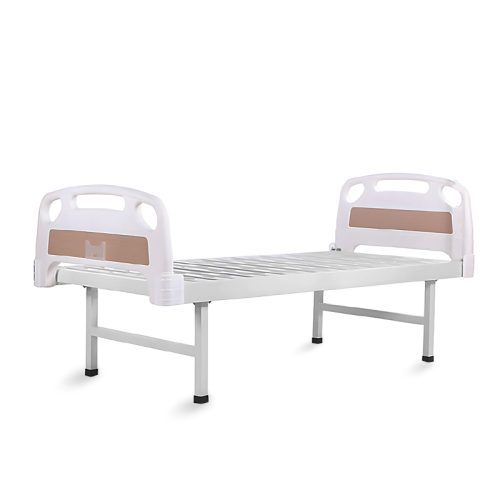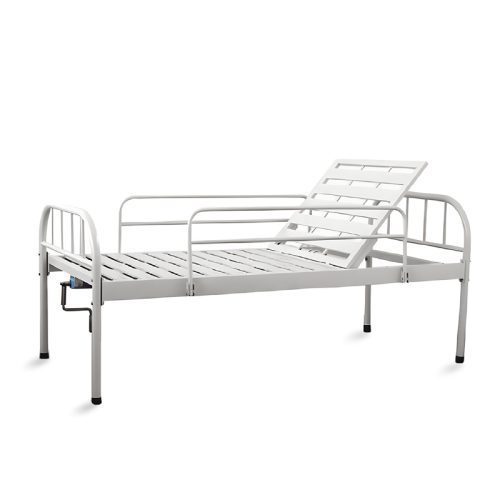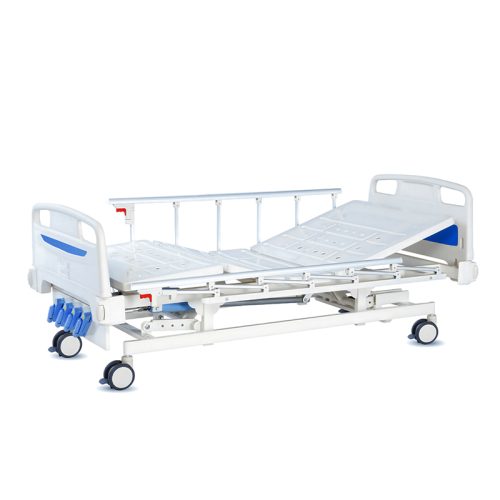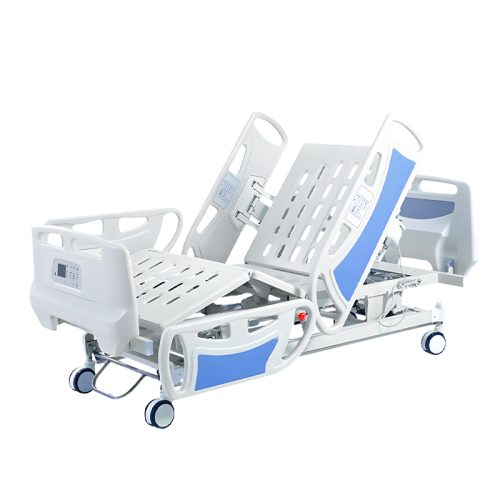
- Autoklav
Vollständiger Leitfaden zum Autoklavieren: Wissenschaft, Verfahren und bewährte Praktiken der Sterilisation
- Unter kelingmedical
**Introduction**
Hospitals and research facilities rely heavily on autoclaving technology to destroy germs in medical tools and laboratory instruments. Hospitals research labs and manufacturing facilities rely on autoclaves to make items safe from microbial threats such as bacteria viruses fungi and spores. This text explains the inner functions and success factors of autoclaves. Our guide explains the scientific principles of autoclaving plus shows how to prepare items for sterilization and what materials to use for optimum results. Every step of the sterilization process depends on one another to produce clean items.
—
### **How Does an Autoclave Work?**
During autoclave sterilization the machine creates high temperature steam. The machine puts steam into the chamber which creates both heat and pressure. To properly sterilize materials the autoclave generates temperatures ranging between **121°C (250°F) and 134°C (273°F)**. The steam from the autoclave passes through all the surfaces of contents during this cycle. The autoclave system heats items to specific temperatures of **121°C (250°F) to 134°C (273°F)** for a standard time range of **15 to 30 minutes** to eliminate all microorganisms.
—
The types of material that must wrap around items before autoclaving
The correct packaging methods must be used when preparing items for autoclaving. Manufacturers use sterilization pouches and muslin wraps alongside nonwoven fabrics and sterilization drums to protect items during autoclaving procedures. To sterilize items of different sizes the healthcare industry uses sterilization pouches for small objects and muslin wraps or nonwoven fabric for larger instruments. Correct materials help the autoclave destroy germs and keep objects sterile during the heating cycle.
—
### **The Science Behind Autoclave Sterilization: How Microorganisms Are Killed**
Autoclaves destroy microorganisms through steam based moist heat sterilization which damages protein structures, breaks cell walls and breaks DNA strands. Steam destroys microorganisms by changing their protein structure which makes them non-functional. High steam pressure pushes into microbes which breaks their cell walls. The heat from steam damages microorganisms’ DNA so they cannot reproduce and must die.
Steam moves heat better than dry heat because it conducts heat at a faster rate. Steam heat travels through materials faster which helps autoclaves sterilize more quickly than dry heat methods. Steam performs better than dry heat at killing bacteria because its water content helps break apart microbial cells which are difficult to destroy through dry heat alone.
—
### **Key Autoclave Parameters: Temperature, Pressure, and Time**
Autoclave sterilization depends mainly on temperature and pressure to work correctly. Set your autoclave to **121°C (250°F)** and use a **15 to 30 psi** steam cycle. Sterilization needs the correct amount of time to work properly. Keep items in steam for at least 15 to 30 minutes to achieve complete microorganism elimination.
—
### **Autoclaving: Autoclaving Provides the Best Way to Sterilize Items Using Moist Heat
Despite other sterilization techniques autoclaving stands strong as the top method for wet heat sterilization today. Autoclaving stands out as the best method because it kills all types of bacteria including bacterial spores. The sterilization process through autoclaving needs only **15 to 30 minutes** to complete depending on the load size and material used. Steam travels deep into objects to break down microorganisms at their core for complete sterilization.
—
### **Autoclave Room Setup and Best Practices**
Managing an autoclave room properly leads to successful sterilization results. Place items in the chamber evenly to let steam flow through so no space remains empty. Make sure your autoclave machine operates properly and runs according to its maintenance plan. Routine tests verify that the equipment operates properly and delivers required sterilization results. Before autoclaving all items need to undergo sanitization treatment to stop potential cross-contamination.
—
### **Schlussfolgerung**
Medical facilities and industrial plants rely heavily on autoclaving to make their equipment sterile. Understanding autoclave technology plus temperature pressure time and steam’s microbial killing actions keeps this method safe and dependable. By using appropriate cover materials during autoclaving and setting up autoclave rooms properly institutions create sterile conditions that protect the health of their patients and users.
Through autoclave sterilization equipment operates scientifically to eliminate all harmful microorganisms including resistant bacterial spores. When healthcare providers and industrial facilities know how autoclaving works and what science supports it they can use this sterilization method to its fullest potential.
📧 E-Mail: inquiry@shkeling.com
🌐 Website: www.shkeling.com.cn
Wir freuen uns darauf, mit Ihnen eine erfolgreiche Partnerschaft aufzubauen!






